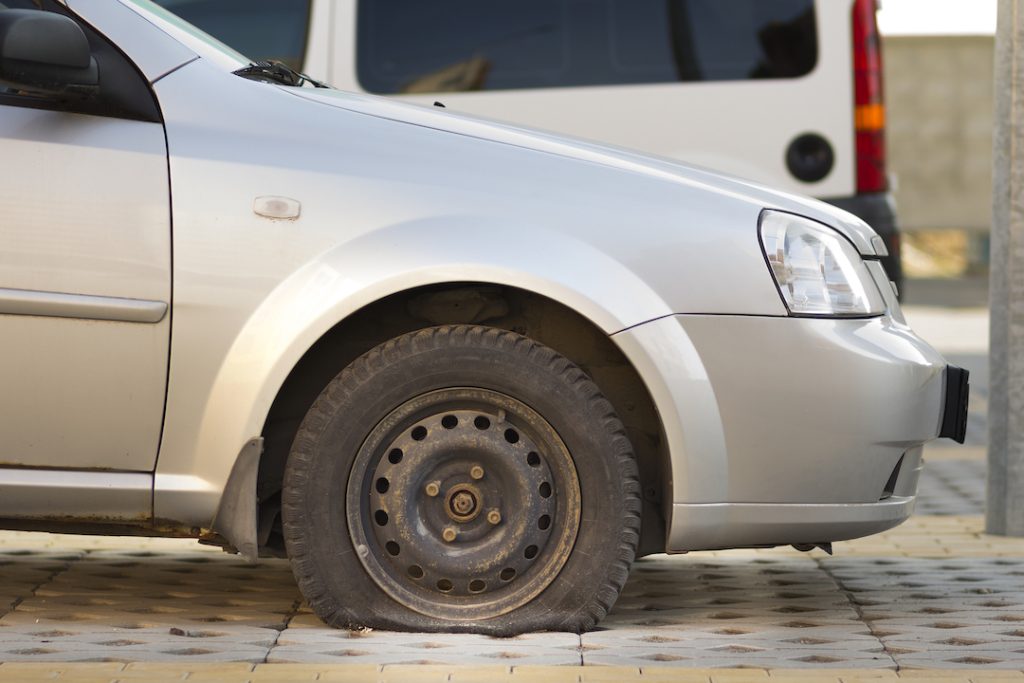Auckland Car Servicing – Tyre care, tyre pressure
Sometimes it’s the simple and easy service tasks that make the biggest difference when it comes to prolonging the life of your car and keeping you safe on the road.
Maintaining accurate tyre pressure is one of these things – it is easy to do, but often overlooked.
What exactly is tyre pressure?
Like most topics we write about, we like to provide a simple definition rather than assuming that everyone knows what we’re talking about. We feel it’s important and empowering for you to understand how your car works. We recommend you trust us with your maintenance, servicing and repairs rather than DIYing it, but we do like you to appreciate how your vehicle runs and what servicing it requires.
So what exactly are we referring to when we talk about tyre pressure? Quite simply, it’s a measurement of how much air is in your tyres.
What is the right tyre pressure for your vehicle?
The first thing to do is check what pressure the tyre manufacturer recommends for the tyres on your vehicle. Tyre pressure is expressed as PSI, which stands for pounds per square inch. You may see a PSI number on the sidewall of the tyre, but bear in mind that this may actually be the maximum pressure recommended by the tyre manufacturer.
There are two other places to look for the recommended tyres pressure for your vehicle. It should be listed in your vehicle owner’s manual from the manufacturer. It also may be found on a sticker inside the driver’s door.
Recommended tyre pressure is based on your vehicle’s weight and size, towing weight capability and tyre size. If you can’t find the recommended tyre pressure for your tyres and vehicle, feel free to get in touch with us at Roskill Auto Mechanical and we can find it out for you.
Why is tyre pressure important?
Maintaining accurate tyre pressure helps ensure several things:
- your tyres will wear evenly
- your tyres will maintain the correct level of grip on the road surface
- your tyres will be less likely to blow out (a risk with over-inflated tyres)
- your tyres will be less likely to skid (over-inflated tyres are more prone to skidding)
- your tyres will maintain contact with and sit correctly on the wheel (under-inflated tyres could roll off the wheel)
- your vehicle will handle more accurately, with better traction
- your steering and braking will be more responsive
- your vehicle will be more fuel-efficient; studies show that driving with under-inflated tyres increases fuel consumption
- your tyres will last longer; studies show that over-inflation or under-inflation can reduce the life of tyres by several thousand kilometres
When should you check your tyre pressure?
It’s a good idea to check your vehicle’s tyre pressure at regular intervals. We recommend checking it once a month. On average, a tyre will lose approximately one to two PSI every month, so checking them monthly will get you in the habit of topping them up when needed.
It’s also a great idea to check your vehicle’s tyre pressure before any road trip or long drive on a motorway. It’s important to check that you’ve got the correct pressure before motorway driving where you’re travelling at higher speeds and where it’s harder to stop for help if something doesn’t feel right.
If you suspect you’ve driven over any sharp objects or glass, or if you’ve hit a curb with a bit of force, it’s a smart idea to check your tyre pressure. You may have damaged or punctured a tyre and checking the tyre pressure will help you determine if any of your tyres is losing air.
Another factor to bear in mind when checking tyre pressure is to do it when the tyres are cold. You may have heard the term “cold inflation pressure”. This means doing it before you do much driving, before the tyres have warmed up. And during the warmer months, measure the pressure early in the day, again before the tyres have warmed up or been exposed to sunlight.
How do you check your tyre pressure?
Most petrol stations have a free tyre inflator connected to an air compressor that displays tyre pressure in pounds per square inch (PSI) and kilopascal (kPa). These are electronic and pretty simple to operate and should have step-by-step instructions on the front label.
- Park your vehicle on a flat, level surface to get an accurate measurement
- Make sure your tyres are cool (early in the day; before you do much driving)
- Remove the valve cap and connect a tyre gauge or service station inflator to get the correct reading.
If one of your tyres needs air, insert the pump into the tyre valve and fill it to its recommended PSI level. Replace the cap and check the remaining tyres in the same fashion.
If one of your tyres is reading more than the recommended PSI, it’s easy to release air from it. Press the small dot or bead on the back of the tire pressure gauge into the centre of the valve stem on the tyre. You should hear the air escaping from the tyre. Do this slowly, releasing air in small amounts, using the gauge to measure the tyre pressure again.
At Roskill Auto Mechanical, checking your tyre pressure is part of our Basic Car Service, our Standard Car Service, and our Premium Car Service. It’s also part of our Tyre Care Package, a comprehensive service for your wheels and tyres for just $165 including GST.
Contact us online or call us on 092421870 for a free quote or to book an appointment.

